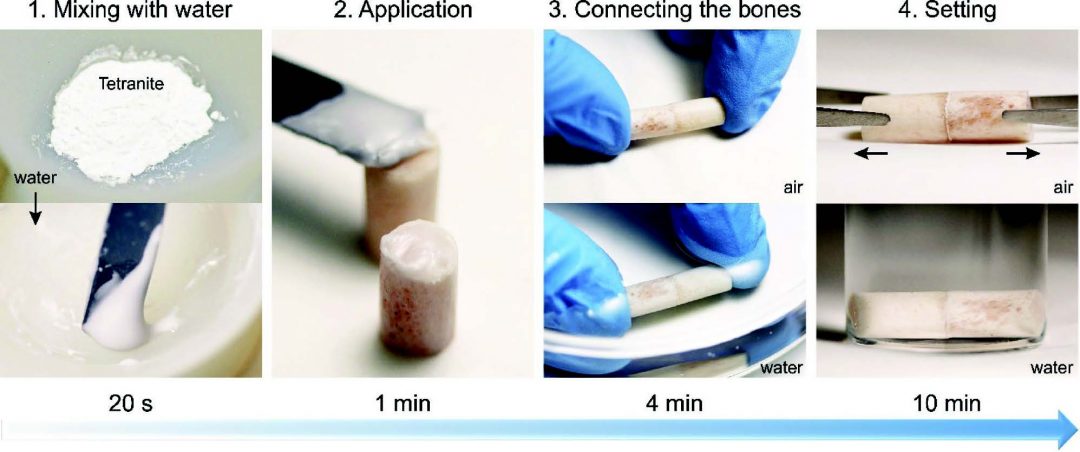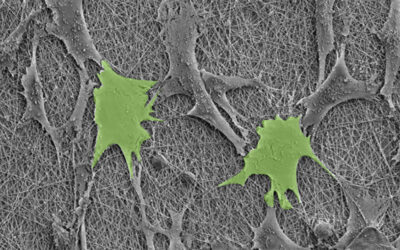If one is unfortunate enough to break a bone, depending on the severity of the fracture, metal plates, nails, pins, and screws are needed to hold the bone in place whilst it heals. The downside to this invasive surgical procedure is that, once the bone heals, a follow-up procedure is needed to remove these pieces of metal. This is clearly not very cost effective, and can cause further distress and inconvenience to the patient.
An alternative to metal implants to aid bone regeneration is to use adhesives that “glue” the bone together. Whilst there are a number of adhesives available, the majority of them have a number of downsides. Namely, they are non-biodegradable, not strong enough to cope with the normal stresses that bones undergo, and in some cases, the component chemicals of such adhesives are toxic.
A further challenge when designing bone adhesives is that they should be able to set and form strong bonds in wet environments. Thankfully, the sandcastle worm has overcome this problem in its own unique way: it has the ability to create a protective shell around itself by gluing together sand grains and other shell fragments using a protein-based adhesive.
Professor Ken Gall and co-workers at Duke University, USA, have taken inspiration from the industrious sandcastle worm. In an article in Advanced Healthcare Materials, the researchers develop their own type of calcium phosphate bone cement (CPC), which they call Tetranite. The phosphate component of this CPC is O-phospho-L-serine (OPLS)—a key component of the sandcastle worm’s natural glue. If such a glue works well in nature, it could also work well in bone adhesives.
Tetranite has the advantages of being bioresorbable and biocompatible, and has the ability to work in wet environments and form strong, load-bearing bonds between bone tissue, metals, and other materials. As an extra bone-us, such great properties are achieved after just 10 minutes of the adhesive setting.

Tetranite sets in both air and water, using a rabbit bone as a model.
Further studies on Tetranite also showed that dissolving salt particles into the adhesive created pores in the adhesive, which encouraged fluid transport and infiltration of new bone cells. Adding microfibers also increases its strength, and, when these fibers biodegrade, channels are left, which again allow the proliferation of new bone cell growth, resulting in strong healing around the initial fracture.
Given that Tetranite was found to be between 7.5 and 10 times more adhesive than conventional bone cements, and can withstand significant stresses and strains before breaking, this exciting new material has the potential to revolutionize the treatment for severe bone breakages and fractures, potentially eliminating the need for invasive, metal-implant surgery. The humble sandcastle worm can be proud in helping to inspire the next generation of advanced healthcare materials.

















